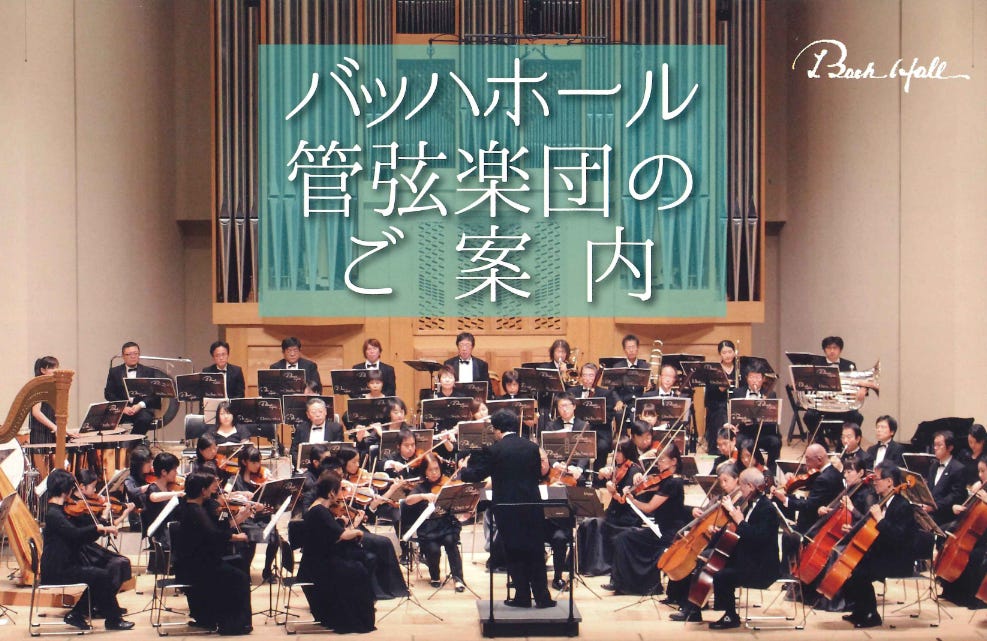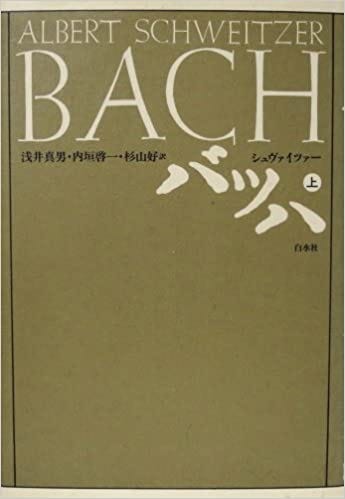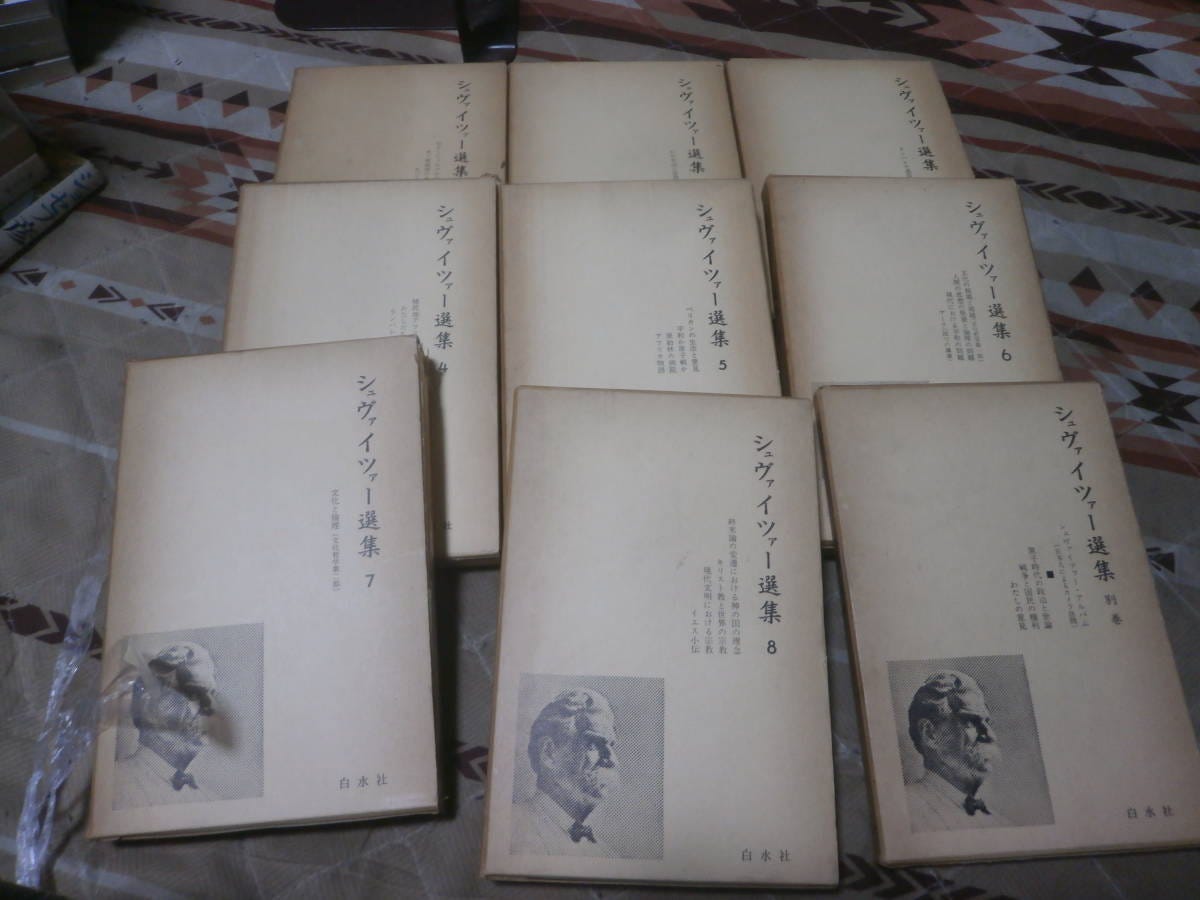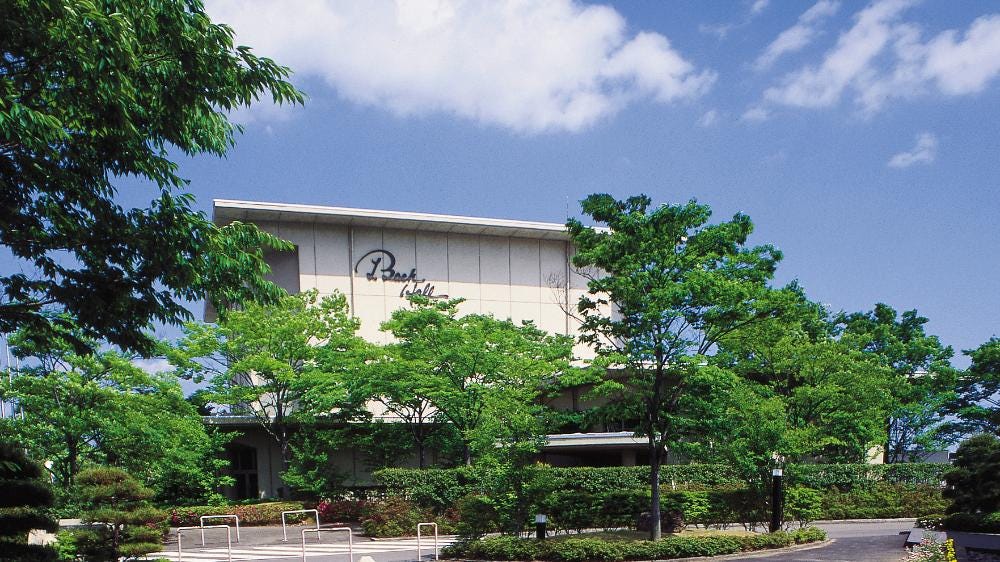Bach at the Roots of Humanitarian Greatness
A concert hall in the rice fields builds upon layers of significance
Tomorrow I’ll be headed north to Miyagi prefecture to visit the Nakaniida-machi (中新田町) Cultural Center, also known as “Bach Hall.” There, on the outskirts of the small town of Nakamiida, quite literally in the middle of the rice fields, is a concert hall named for Johann Sebastian Bach.
The use of Bach as an eponym in this case is a complex synecdoche. That is to say, it builds up layers of significance upon the figure of Bach. Here I’ll quote the opening sentences of the brochure for the hall, which describes the community’s vision as it took shape in the late 1970s:
Albert Schweitzer, winner of the 1952 Nobel Peace Prize, says the following in the preface to his famous work, J. S. Bach:
“I was ten years old when I encountered the German chorale. Eugen Münch, organist at St. Stephans church in Mulhouse, Alsace, took me one Saturday evening up to the organ where he was preparing for Sunday’s worship service. I was transported to deep emotion by the mysterious tones coming from that magnificent old Walcker instrument… lost in the shadows of the church.” [My translation from the pamphlet’s German; this is not in the English edition of Schweitzer.]
This passage tells of a decisive influence on the life a single 10-year-old who would later become a philosopher, theologian and medical doctor saving people in Africa for many long years.
For us in Nakaniida, the reasons for building our chamber music hall are simple. We are content to see our children coming to this hall and to hope that some of them are gaining valuable impressions here. We will not know the effects for many years yet, but for them we have built this hall. [English from the pamphlet.]
Bach’s name is, quite naturally, a stand-in for musical greatness. The pamphlet goes on to state the Hall’s purpose: “First, to enlighten many people with the great music of the universally recognized masters such as Bach.” The word 啓発, rendered as “enlighten,” does not mean here “to bring light to backward rural or heathen ignorance,” but simply “to open up,” “to inspire,” or “to bring awareness to.” Great music is great culture, and the community wants to be instrumental in disseminating greatness.
But there are several other layers embedded in the name “Bach.” That the pamphlet quotes Schweitzer is not a surprise. Before his medical mission to Gabon, the theologian and organist had published the definitive work on appreciating Bach’s musical rhetoric. Schweitzer is further responsible for helping launch the “organ reform movement,” which revitalized waning interest in baroque instruments, whose colorful tones and delightful idiosyncrasies were in the process of being modernized into extinction. Nakaniida’s Hall is furnished with a pipe organ, whose conception was born of this movement (as are most organs in Japan).
Schweitzer was immensely popular in Japan throughout the post-war era; selections of his works made up part of the national curriculum for several generations of Japanese schoolchildren. Just as Bach stands for musical greatness, Schweitzer is a stand in for the post-war humanitarian legacy. His notion of the “Reverence for Life” and advocacy for human rights filled the ambitions of a booming Japan, stripped of its military, eager to make a memorable and unique impact on the global scene.
And so a clever rhetorical conjunction is made: “We are content to see our children coming to this hall and to hope that some of them are gaining valuable impressions here. We will not know the effects for many years yet, but for them we have built this hall.” The children of Nakaniida are read into the place of the young Schweitzer. Initially inspired as was Schweitzer by his experience of German chorales, Nakaniida’s children, too, inspired by the musical greatness in Bach Hall, may one day bring further greatness into the world.
And finally, this pamphlet reveals a further elision characteristic of Japan. Schweitzer, author of J. S. Bach, promoter of Bach’s music, and great humanitarian as a result, does not mention Bach in this passage at all, but rather “Deutschen Choral” played in preparation for the “Gottesdienst.” That is to say, as Schweitzer knew better than any of his age, that the “mysterious tones” that so moved him, and move the Japanese still, grow from the fertile soil of Lutheran hymns. Nakaniida’s Children → Bach Hall → Schweitzer → Bach → German Chorale → ???
In his later years, Schweitzer’s orthodoxy waned. But Bach remained for him, as it does for Japan, a stand-in for silenced Christian worship, mysterious tones emanating from a darkened, invisible church.







